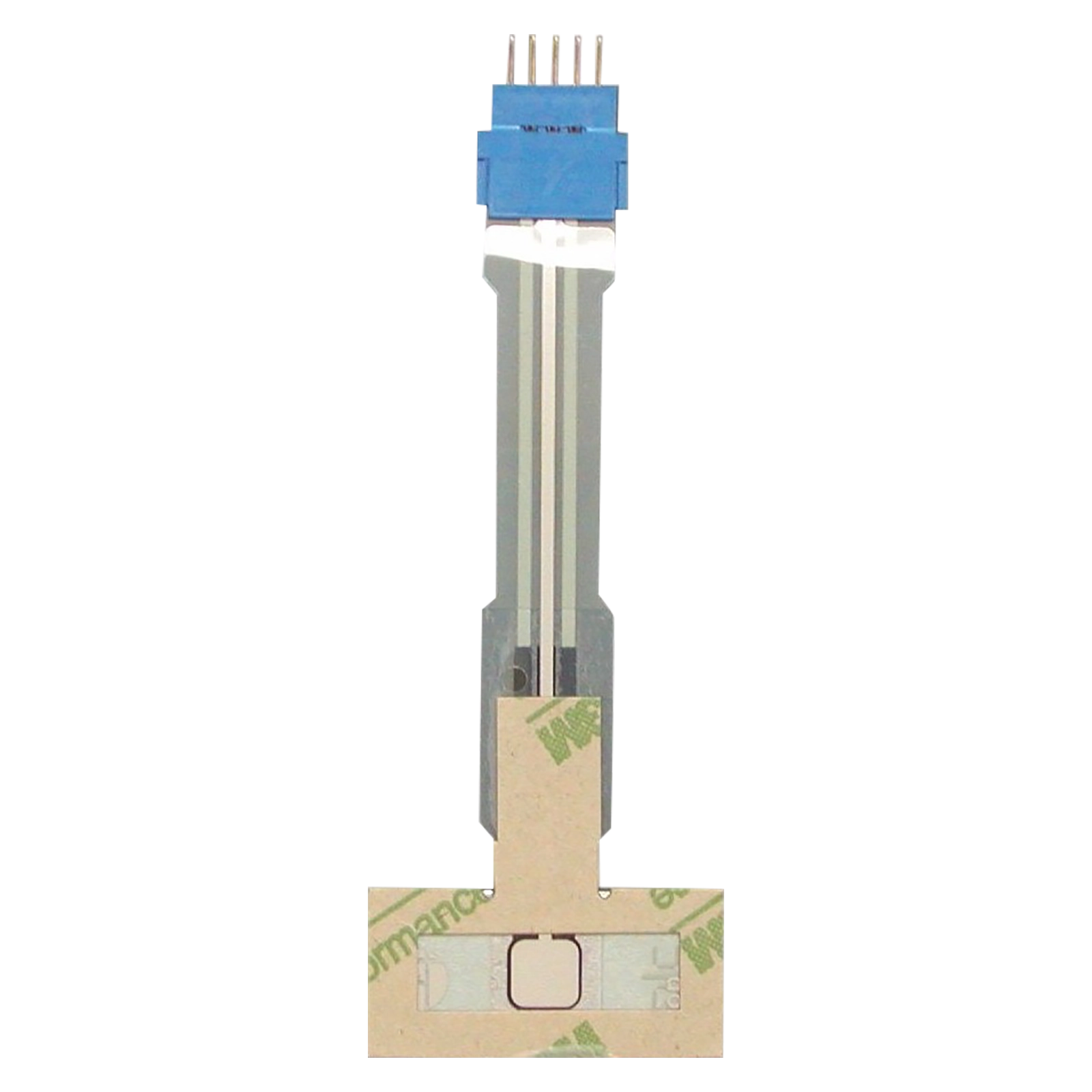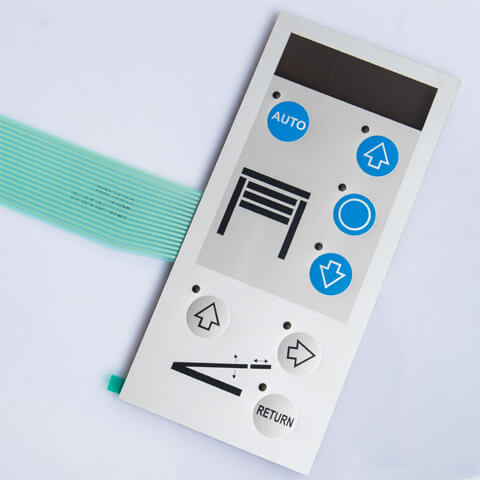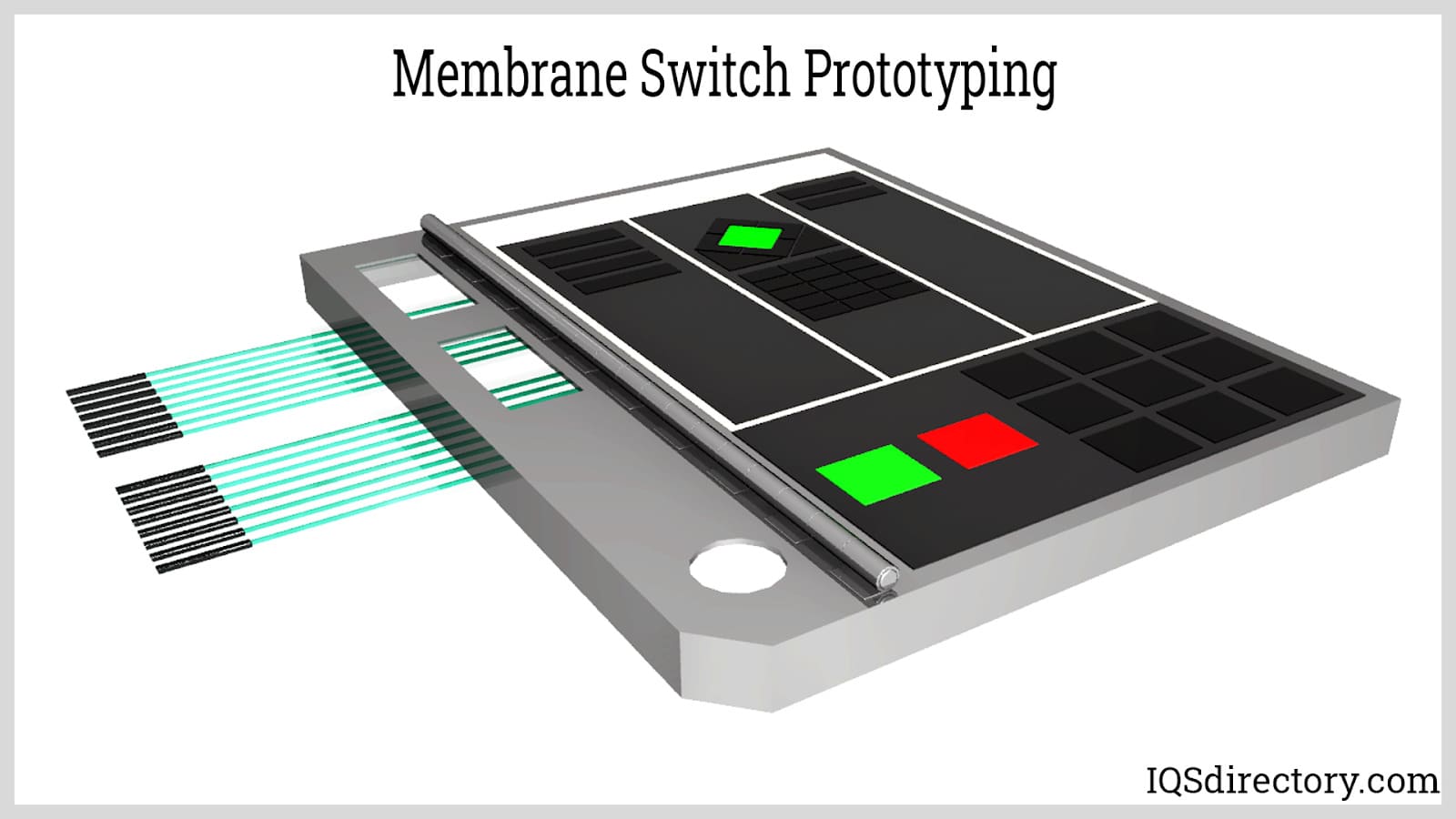How to Pick the Right Membrane Switch for Your Technology Needs
How to Pick the Right Membrane Switch for Your Technology Needs
Blog Article
Why Membrane Layer Switches Are Vital for Durable Control Solution
Membrane switches play a crucial role in ensuring the durability and dependability of control systems throughout numerous sectors. Their distinct building enables them to endure challenging ecological variables such as moisture, temperature extremes, and physical wear. This durability not just extends the life-span of the systems they offer but also reduces upkeep needs. As we explore the complex benefits of membrane buttons, it comes to be evident that their relevance transcends mere capability, affecting customer experience and functional effectiveness. What more effects do these attributes hold for the future of control system design?
Introduction of Membrane Buttons
Membrane switches are flexible and reliable parts commonly utilized in numerous electronic control systems. These buttons contain a number of layers, consisting of a visuals overlay, a spacer layer, and a printed circuit layer. The visuals overlay supplies both practical and aesthetic layout, while the spacer layer makes sure that the switches are activated just when pressed. The published circuit layer includes conductive traces that finish an electrical circuit when the membrane layer is pressed, making it possible for the device to reply to individual inputs.
Membrane layer switches are commonly favored in applications needing a portable and light-weight style, making them excellent for portable devices, clinical tools, and industrial equipment. They can be tailored to fulfill details individual demands and can integrate numerous attributes such as backlighting, responsive feedback, and numerous colors. Membrane buttons are resistant to dirt, wetness, and impurities, making them appropriate for atmospheres where resilience is crucial.
Advantages of Resilience
In lots of applications, the resilience of membrane layer switches over deals substantial advantages that improve their total performance and integrity. These switches are developed to withstand severe atmospheres, making them suitable for use popular problems such as high humidity, severe temperature levels, and exposure to chemicals. Their durable construction assists to prevent damage from physical influence, making certain resilient functionality and minimizing the demand for constant substitutes.
Furthermore, membrane buttons are immune to deterioration, which is important in applications where frequent interaction takes place. This longevity converts to decrease maintenance costs, as organizations gain from minimized downtime and fewer solution disturbances. The encapsulated layout of membrane layer switches over safeguards internal elements from dust and wetness ingress, more adding to their life-span (membrane switch).
An additional benefit is their ability to maintain consistent efficiency in time. With a high tolerance for mechanical stress and anxiety, these switches protect their tactile responses and electrical stability, ensuring customer complete satisfaction. Eventually, the durability of membrane switches over not just boosts operational effectiveness however additionally cultivates self-confidence in their dependability, making them a favored option for control systems throughout numerous sectors.
Applications in Numerous Industries
Sturdy control systems using membrane switches locate extensive applications across a range of sectors, each gaining from the unique features these switches provide. In the clinical field, membrane layer buttons are vital for devices such as patient monitors and diagnostic tools, where reliability and convenience of cleaning are extremely important. Their resistance to moisture and pollutants ensures they maintain performance in clean and sterile atmospheres.
The automobile sector leverages membrane layer buttons for dashboard controls and infotainment systems, where they offer smooth, inconspicuous user interfaces that enhance customer experience. These buttons are also made to hold up against extreme conditions, consisting of exposure to severe temperature levels and resonances.
In industrial settings, membrane layer buttons are generally utilized in equipment control panels, using responsive comments and durability essential for high-usage applications. Their capacity to stand up to my explanation chemicals makes them suitable for producing atmospheres where spills and impurities are regular.

Consumer electronic devices, such as cooking area home appliances and remote controls, also make use of membrane switches for their convenience and cost-effectiveness. Overall, the versatility and robust nature of membrane changes make my company them indispensable across numerous fields, making certain effective procedure and durability in control systems.
Design and Visual Appeal
While performance is critical, the style and visual allure of control systems furnished with membrane switches play a crucial role in individual engagement and general experience (membrane switch). The aesthetic design of these buttons can considerably influence individual assumption and communication. A well-designed membrane layer switch enhances the good looks of the gadget, making it a lot more enticing to users and fostering a link between the individual and the item
Membrane layer switches use a lot of adaptability in design, permitting producers to customize graphics, colors, and structures to straighten with brand name identity and item appearances. Making use of dynamic colors and distinct patterns can draw interest, while tactile feedback can enhance the customer's interaction with the tool. In addition, the capacity to incorporate LED signs and backlighting into the membrane button style gives both useful and aesthetic benefits, boosting visibility and usability in numerous environments.

Enhancing User Experience

Moreover, membrane layer switches can be personalized to incorporate visual interfaces, boosting usability by providing info in a clear and instinctive fashion (membrane switch). This customization can include symbols, labels, and color coding that overview customers with complicated performances easily. Additionally, their adaptability permits integration in numerous environments, ensuring regular performance whether in industrial equipment or customer electronic devices
The toughness of membrane buttons also plays a vital function in customer experience. By withstanding harsh problems and expanded use, these buttons decrease the possibility of system failures, thus advertising reliability and user self-confidence. Ultimately, the tactical use of membrane changes not only elevates capability yet also significantly improves user communication with control systems, making them an important component in modern-day design.
Conclusion

Report this page